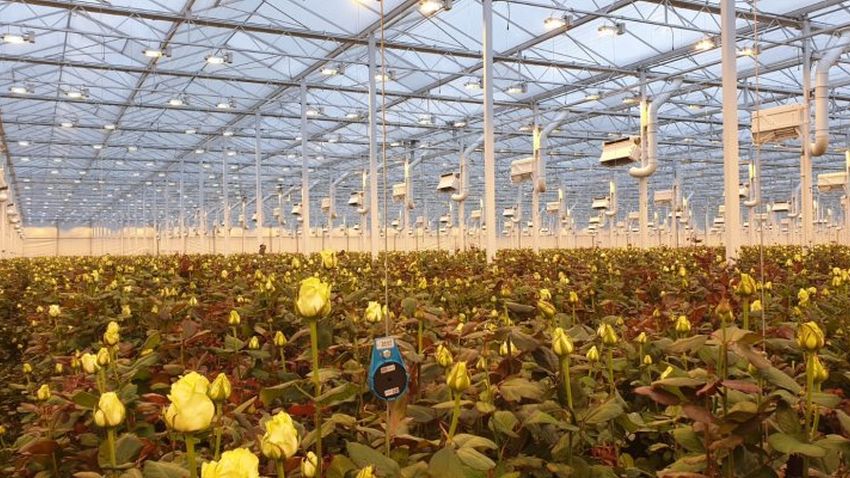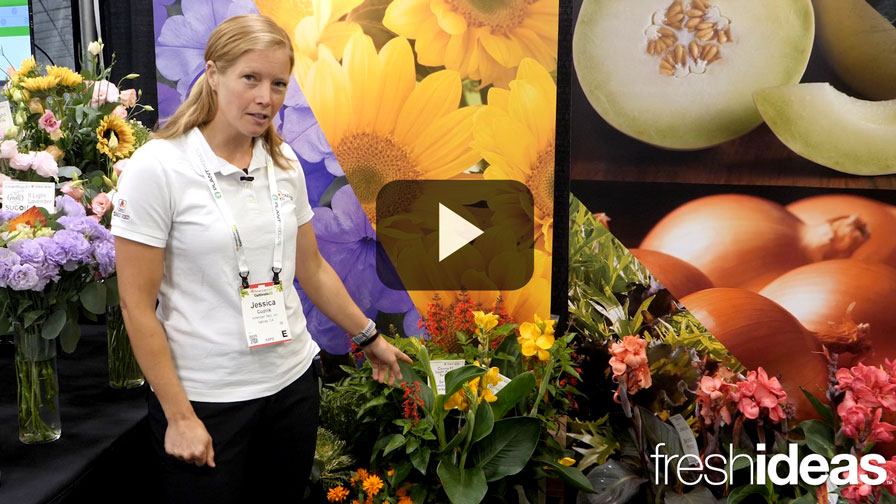Wageningen Model Calculates Greenhouse Climate Down to the Square Inch
 Sensors measure the temperature in a greenhouse and send it on to a climate computer. But the value of a sensor only applies to the immediate vicinity of the sensor, while the temperature in the greenhouse is usually not homogeneous. Wind, sun, and the crop, among other things, can cause considerable temperature differences in a greenhouse.
Sensors measure the temperature in a greenhouse and send it on to a climate computer. But the value of a sensor only applies to the immediate vicinity of the sensor, while the temperature in the greenhouse is usually not homogeneous. Wind, sun, and the crop, among other things, can cause considerable temperature differences in a greenhouse.
To address this issue, the Greenhouse Horticulture and Flower Bulbs Business Unit of Wageningen University & Research developed a 3D model for the greenhouse climate. Greenhouse temperatures are one of the most important variables for a grower. After all, the temperature determines the growth of the crop and the need for energy. However, it is never equally hot or cold everywhere. As a result, growth differences may arise in the crop, for example, or the control of the crop may not take place optimally.
WUR developed a climate model for a greenhouse in which the user can enter a large number of variables about the greenhouse (for example size, height, location), the climate control system (e.g. heating, ventilation), the greenhouse cover properties (glass, transmissivity, etc.), the screen (material, insulating value, permeability, position) and the crop (type of crop, size, etc.). After all, all these variables determine the distribution of the heat in the greenhouse. In addition, the user can enter weather conditions (such as wind and solar radiation), as well as the time and day of year (which determines the position of the sun).
Based on all these variables, the model calculates the climate (e.g. temperature, humidity) per cubic centimeter, creating a 3D (length, width, height) map of the greenhouse climate. The model can also calculate the consequences of certain cultivation interventions. For example, the user can choose to open or close a number of greenhouse windows in the model, or do so partially: the model shows how the temperature distribution in the greenhouse is affected by this. The model was validated last year by comparing it with measurements in practice.
The 3D climate model is currently only used for research purposes. The reason for this is that making the calculations is time consuming. However, in the future it may be possible to import scenarios from the model into a climate computer, so that those scenarios can be used to predict the effect of cultivation measures.
The model is financed by the WUR Club of 100.









